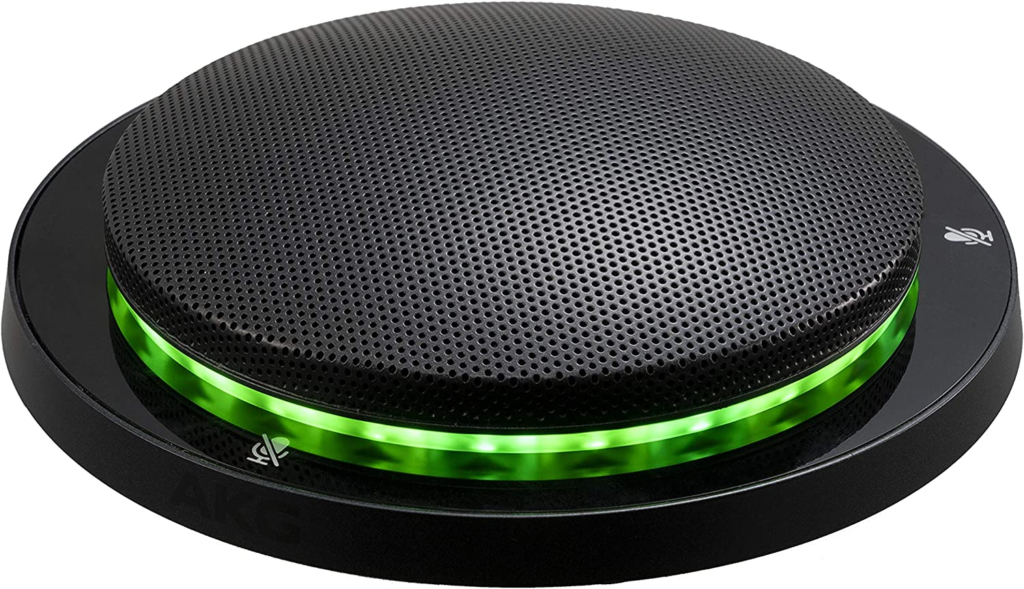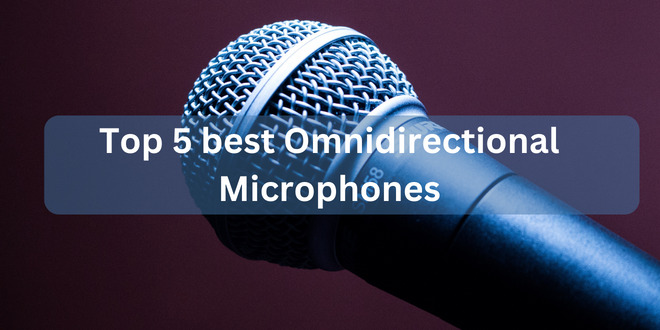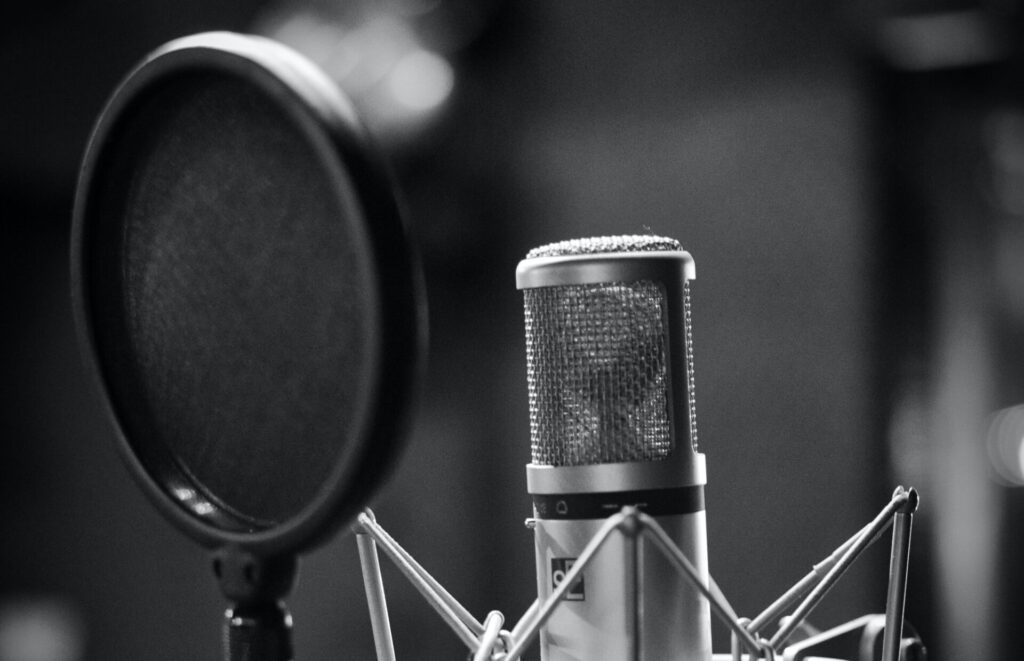Boundary microphones, also called planar microphones or pressure zone microphones, are made to be put on a flat surface, like a conference table or lectern. They are often used for conference calls, meetings, and other situations where sound needs to be picked up from a large area.
The concept of pressure zone microphones was born in the 1930s, marking the inception of their history. These innovative devices capture sound by positioning a diaphragm parallel to a flat surface, such as a wall or ceiling.
In the 1950s, Danish engineer Arne Damm introduced the PZM (pressure zone microphone), pioneering the use of a piezoelectric element to convert pressure into an electric signal for sound capture. The PZM found popularity in applications like conference calls and meetings, efficiently capturing sound from a broad area without requiring individual microphones for each speaker.
Holger Lange, a Danish engineer, made the first boundary microphones with a cardioid pickup pattern in the 1980s. This meant the microphone could not pick up sound from the sides or back. This made them more focused and less likely to change their minds.
Today, boundary microphones are used in many situations, such as conference calls, meetings, and other situations where sound needs to be picked up from a large area. There are many different kinds, such as condensers, dynamic, and piezoelectric microphones.
What is a boundary microphone?
A boundary microphone sits on a table or podium. Boundary microphones capture sound reflected from a flat surface. They can pick up the sound without a microphone for each speaker.
Boundary Microphone Working Patterns:
- Cardioid: A cardioid microphone has a heart-shaped pickup pattern that captures sound primarily from the front while rejecting sound from the sides and rear. It is ideal for isolating a sound source in a noisy environment or for minimizing feedback in live settings.
- Supercardioid: A supercardioid microphone has a more focused directional pattern than a cardioid, with a narrower pickup angle in the front and some sensitivity to sound from the sides. It provides good sound isolation from the sides while still minimizing rear sound pickup.
- Omnidirectional: An omnidirectional microphone captures sound equally from all directions, providing a more natural and balanced representation of the audio environment. It is suitable for recording ambient sound or capturing a wide range of sources in a 360-degree radius.
What is a boundary microphone?
How can you select the best boundary microphone?
Assess Your Needs: Take into account the room size, the number of speakers, and background noise levels. These factors will guide your selection based on necessary features and specifications.
Consider Pickup Patterns: Offer wide pickup patterns to capture sound from a distance. While most share this feature, minor variations may exist. Choose a model that aligns with your requirements, such as a cardioid boundary microphone for single-source focus, like a podium.
Prioritize Sensitivity: Sensitivity pertains to a microphone’s capacity to pick up faint sounds. For detecting even the subtlest noises, opt for high sensitivity.
Evaluate Noise Levels: Some microphones may capture ambient noise or introduce their own, potentially disrupting audio quality. To maintain clear and precise sound, select low-noise boundary microphones.




